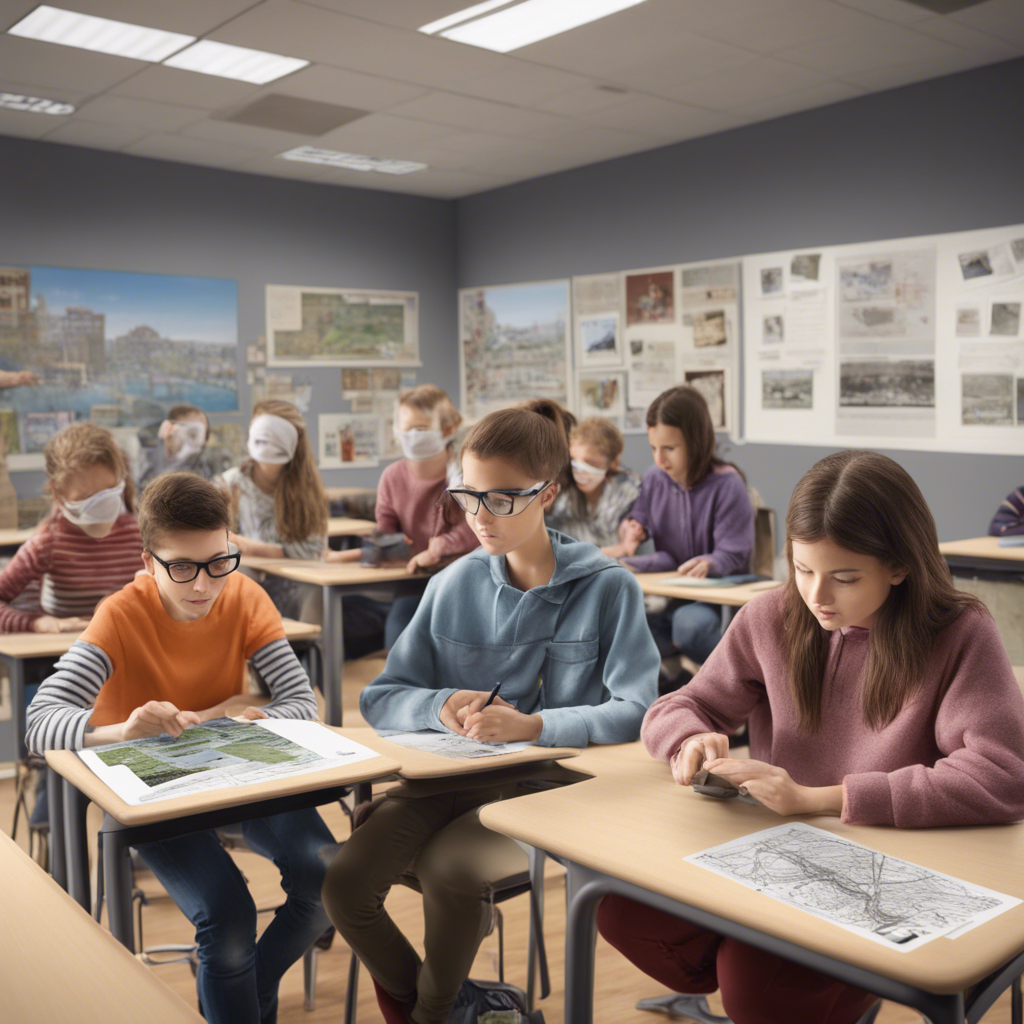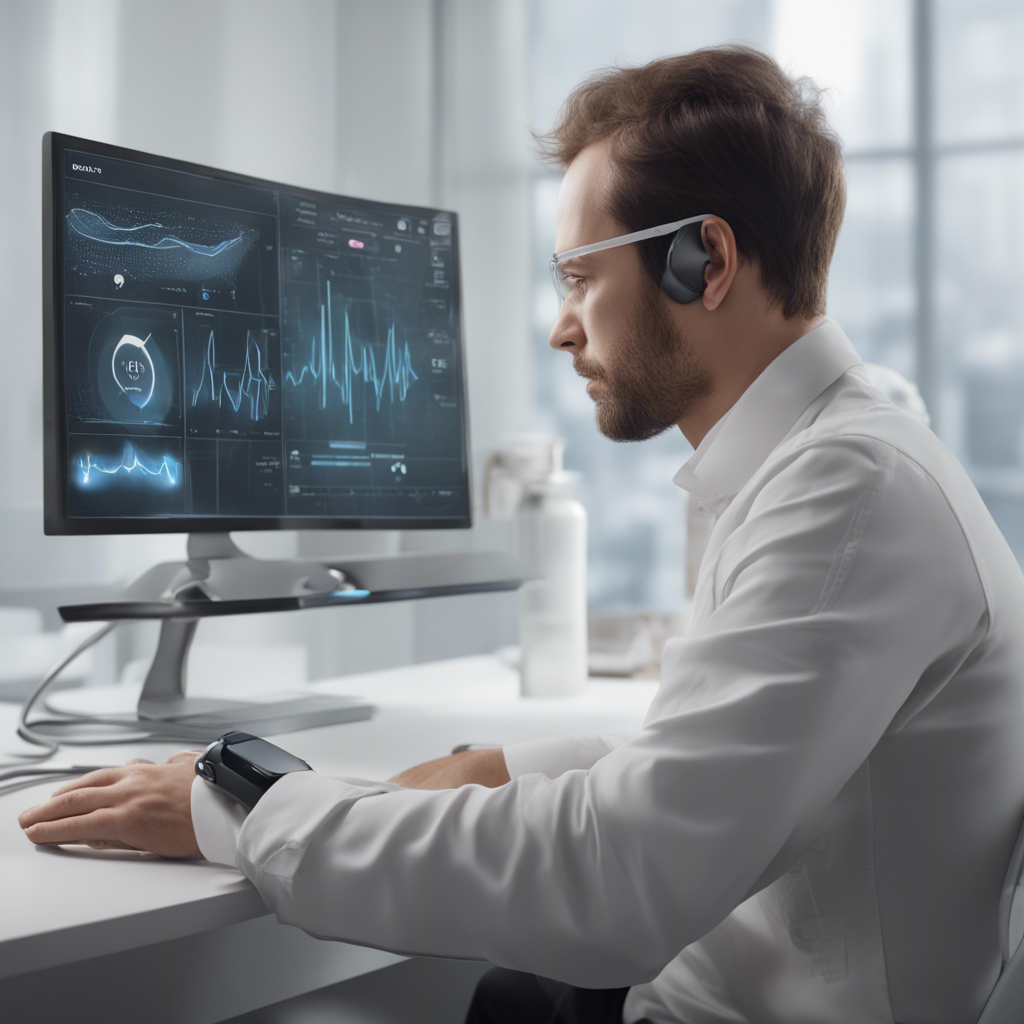
Augmented Reality in Education and Training: Revolutionizing Learning
Augmented Reality (AR) has transformed the landscape of education and training, providing a dynamic and interactive approach to learning that enhances engagement and retention. In this comprehensive guide, we delve into the applications, benefits, challenges, and future potential of AR in educational settings.
Understanding Augmented Reality
Augmented Reality is a technology that overlays digital information such as images, videos, or graphics onto the real world, creating an enhanced sensory experience. Unlike Virtual Reality (VR) which replaces the real world with a simulated environment, AR enriches the existing environment by adding digital elements.
AR technology typically utilizes devices such as smartphones, tablets, or AR glasses to superimpose virtual content onto the physical world. This blending of the physical and digital realms opens up a wealth of possibilities in various fields, including education and training.
Applications of AR in Education and Training
Interactive Learning Modules
One of the primary applications of AR in education is the creation of interactive learning modules. By integrating AR technology into textbooks or educational materials, students can visualize complex concepts in 3D, making abstract ideas more tangible and easier to comprehend.
Virtual Laboratories
AR enables the simulation of real-world environments in a virtual space, making it ideal for creating virtual laboratories for science experiments or practical training. Students can conduct experiments in a safe and controlled environment, enhancing their practical skills without the need for expensive equipment.
Field Trips and Virtual Tours
AR technology can transport students to virtual locations around the world, providing immersive field trips and virtual tours. Whether exploring ancient ruins or diving into the depths of the ocean, AR enhances experiential learning by bringing distant places and historical events to life.
Language Learning
AR applications can facilitate language learning by providing interactive tools for vocabulary building, grammar practice, and real-time translation. Students can engage with virtual language tutors or practice conversation skills in simulated scenarios, enhancing their linguistic proficiency.
Benefits of AR in Education and Training
Enhanced Engagement
AR engages students with interactive and immersive experiences that cater to different learning styles, enhancing motivation and participation in the learning process.
Improved Retention
By visualizing abstract concepts and creating memorable experiences, AR aids in information retention and long-term learning, leading to improved academic performance.
Real-world Application
AR bridges the gap between theoretical knowledge and practical application by providing hands-on experiences in a simulated environment, preparing students for real-world challenges.
Personalized Learning
AR technology allows for personalized learning experiences tailored to individual student needs, enabling adaptive learning paths and immediate feedback for improved comprehension.
Challenges and Considerations
Cost of Implementation
One of the primary challenges of integrating AR into educational settings is the initial cost of hardware, software, and content development. Schools and institutions need to invest in infrastructure and training to fully leverage the benefits of AR technology.
Technical Limitations
AR technology may face technical limitations such as compatibility issues, connectivity problems, or device constraints, which can hinder seamless integration and user experience.
Privacy and Security Concerns
As with any digital technology, AR raises privacy and security concerns regarding data protection, user tracking, and potential misuse of personal information. Addressing these concerns is crucial for ethical and responsible use of AR in education.
Future Potential of AR in Education
As AR technology continues to evolve and become more accessible, the future of education and training holds immense potential for innovation and transformation. From personalized learning experiences to collaborative virtual classrooms, AR is poised to revolutionize the way we learn and teach.
In conclusion, Augmented Reality in education and training presents a paradigm shift in the way knowledge is imparted and acquired. By harnessing the power of AR technology, educators can create dynamic and engaging learning environments that inspire curiosity, foster creativity, and empower students to reach their full potential.
Image Source: Shutterstock
References:
- Klopfer, E., & Squire, K. (2008). Environmental detectives—the development of an augmented reality platform for environmental simulations. Educational Technology Research and Development, 56(2), 203-228.
- Billinghurst, M., Clark, A., & Lee, G. (2015). A survey of augmented reality. Foundations and Trends in Human–Computer Interaction, 8(2-3), 73-272.
- Dede, C. (2009). Immersive interfaces for engagement and learning. Science, 323(5910), 66-69.
For more information on integrating Augmented Reality in education and training, feel free to contact us.
Thank you for reading our comprehensive guide on Augmented Reality in Education and Training. Stay tuned for more educational content!


